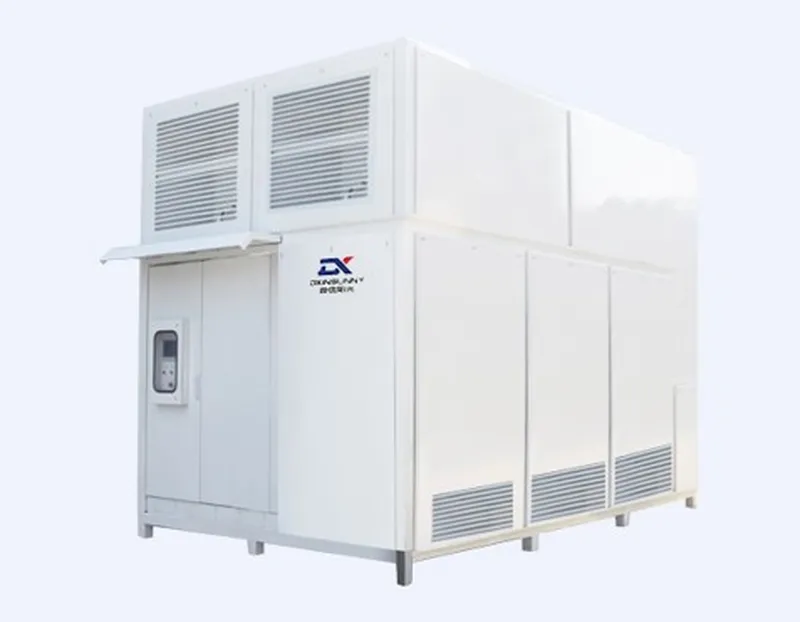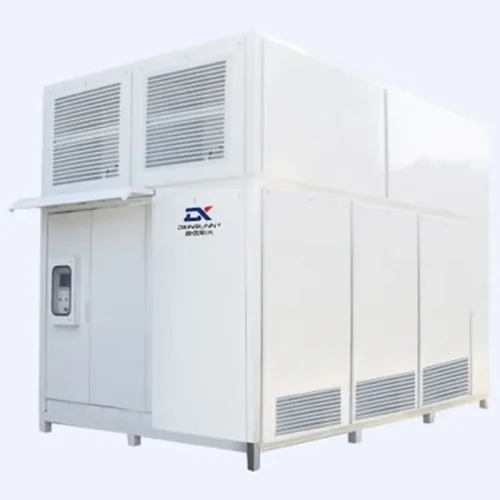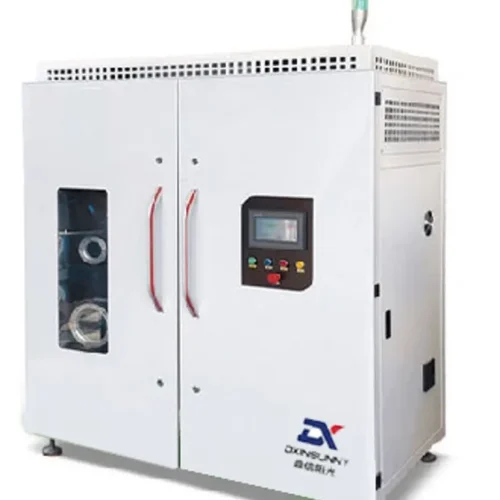Core Advantages
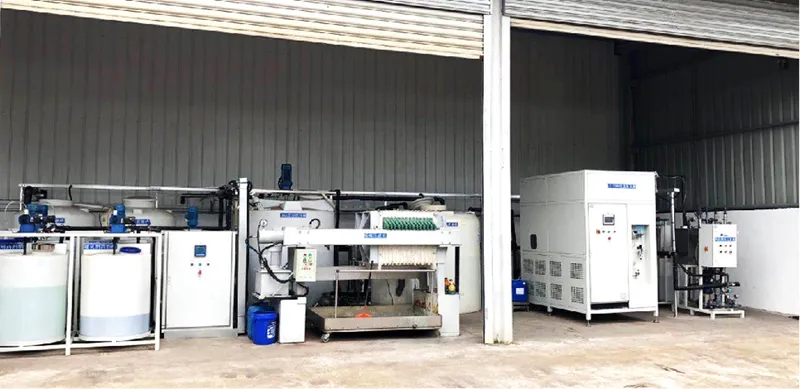
Technically
low evaporation temperature leads to better effluent quality as fewer organic substances evaporate, and decreasing evaporation pressure can increase the concentration ratio of mother liquor. Also, low temperature benefits equipment material selection and reduces investment cost by extending equipment lifespan.
Practically
the equipment features high integration, demands low on-site installation conditions for quick commissioning, and has a high level of automation, which helps customers save substantial manpower and material resources costs.
Send Inquiry
Superior Effluent Quality

Enhanced Concentration Ratio

Flexible Equipment Material Selection and Cost Advantage

High Degree of Integration

Low Installation Requirements

High Automation Level

Superior Effluent Quality
Enhanced Concentration Ratio


Flexible Equipment Material Selection and Cost Advantage
High Degree of Integration


Low Installation Requirements
High Automation Level

Product Specifications
| Product Specification | Details | Product Specification | Details |
| Heating Power | 6.0 kW | Energy Efficiency Rating | A++ |
| Refrigerant Type | R410A | Applicable Area | 50-150㎡ |
| Power Supply Voltage | 220V / 50Hz | Noise Level | ≤25 dB |
| Dual Inverter Technology | Supported | Smart Temperature Control | Supported |
| Remote Control | Mobile App Remote Control | Auto Defrost Function | Supported |
| Operating Temp Range | -15℃ to 45℃ | Weight | 40 kg |
| Dimensions (L x W x H) | 850mm x 300mm x 650mm | Installation Method | Ceiling / Wall Mounted |
Low-temperature evaporation Feature and Application:
Application:
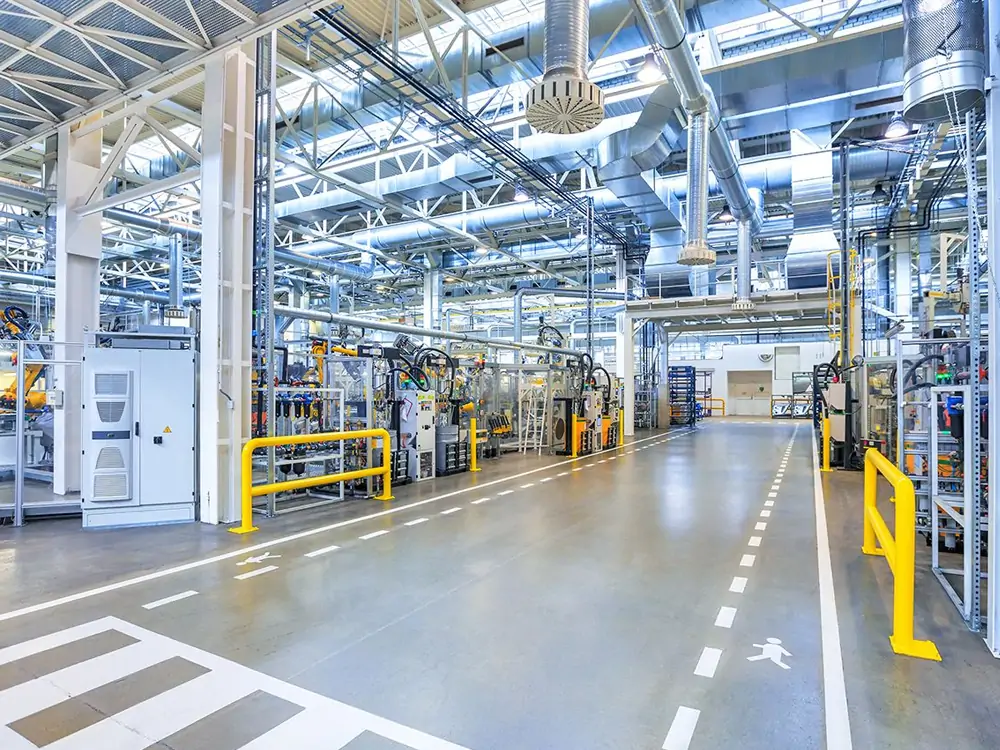
Industrial Wastewater Treatment
Low-temperature evaporation technology can be effectively applied in treating industrial wastewater. Many industrial processes generate wastewater containing various organic and inorganic substances. With its ability to prevent the evaporation of a large number of high and low boiling point contaminants and achieve good effluent quality through simple treatment of the evaporated water, it helps industries meet environmental discharge standards while recovering water for reuse, reducing water consumption and disposal costs.
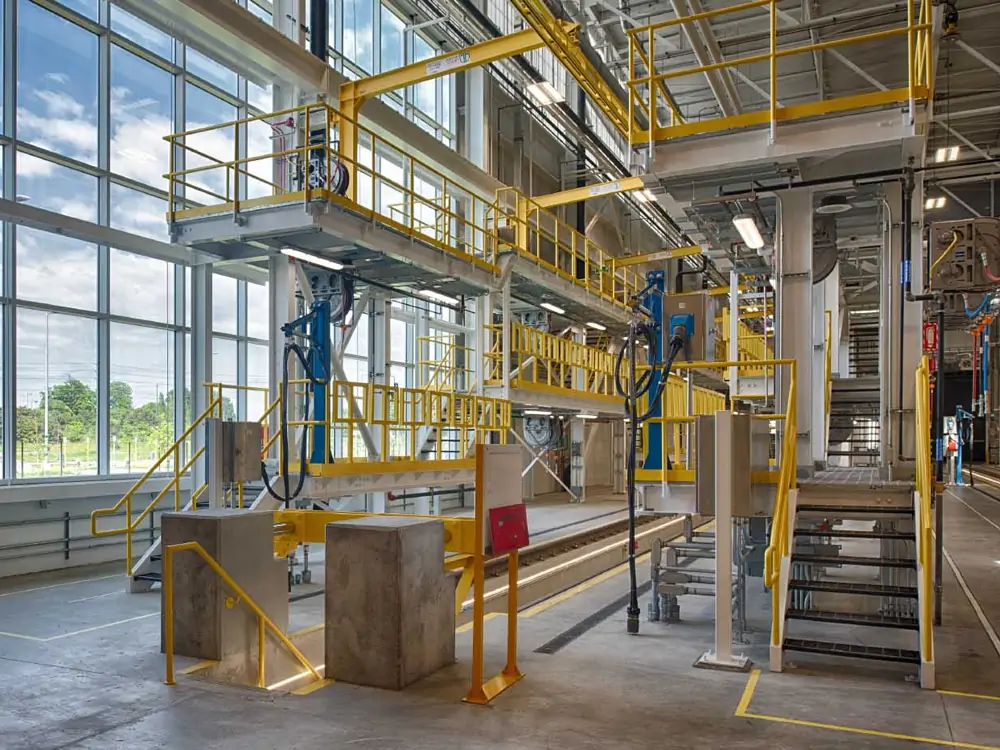
Chemical Manufacturing
In chemical manufacturing, there is often a need to concentrate solutions or separate valuable components from mother liquors. The feature of low-temperature evaporation that allows for an increase in the concentration ratio of the mother liquor as the evaporation pressure decreases is highly useful. It enables more efficient extraction and concentration of chemical products, facilitating further processing steps and improving overall production efficiency.

Food and Beverage Industry

Pharmaceutical Production
Pharmaceutical companies can benefit from low-temperature evaporation when dealing with drug solutions or extracting active ingredients. The precise control over the evaporation process, along with the ability to handle sensitive substances without degrading them due to the low temperature, is crucial. Additionally, the high automation of the equipment ensures consistent product quality and compliance with strict pharmaceutical manufacturing regulations.

Textile Industry
In the textile industry, low-temperature evaporation can be used for dyeing wastewater treatment. The technology can effectively remove dyes and other chemical additives from the wastewater while recovering water for reuse in the production process. The cost savings in terms of water and wastewater treatment, along with the equipment’s durability due to reduced corrosion at low temperatures, make it an attractive option for textile manufacturers.

Desalination
Low-temperature evaporation Details
Working Principle:
The equipment’s working principle involves liquid being fed into the evaporation chamber and heated by the heat exchange system. The vacuum system creates low pressure for low-temperature evaporation. Vapor condenses and is collected. The vacuum system also boosts the mother liquor’s concentration. The control panel monitors and adjusts parameters like temperature, pressure, and flow rate to ensure efficient operation.
Liquid Feeding & Heating
Liquid is fed into the evaporation chamber via the feed system. The heat exchange system supplies heat from an external source, warming the liquid for evaporation.
Evaporation at Low Pressure
The vacuum system creates a low-pressure environment, causing the heated liquid to evaporate at a relatively low temperature, preventing certain substances from easily vaporizing and ensuring better quality of the output.
Condensate Collection
The vapor rises and condenses in the cooler parts of the chamber. The condensate collection mechanism, with a sloped tray or tank and level sensors, catches and stores the condensed liquid.
Concentration Adjustment:
The low pressure from the vacuum system also increases the concentration ratio of the mother liquor until it may crystallize or solidify, facilitating further processing or waste treatment.


Efficiency and Performance:
Efficiency and performance are vital. In industrial machinery, high efficiency minimizes resource input and maximizes output. Good performance ensures smooth, reliable, and precise operation. In energy systems, efficiency gauges effective energy conversion. Performance includes meeting peak demand and adapting to conditions. For software, efficiency relates to task execution speed and resource management. Good performance means being bug-free, stable, and user-friendly. They determine a system’s success and value.
Frequently asked questions
The heat exchange system’s design and quality (material and flow channels), vacuum system performance (stable low pressure), and proper feed system operation and maintenance (feed rate control, clean pipes) impact efficiency.
Regular maintenance (cleaning chamber and heat exchangers), upgrading control panel and instrumentation, optimizing condensate collection, using quality materials, and ensuring proper insulation help improve performance.

